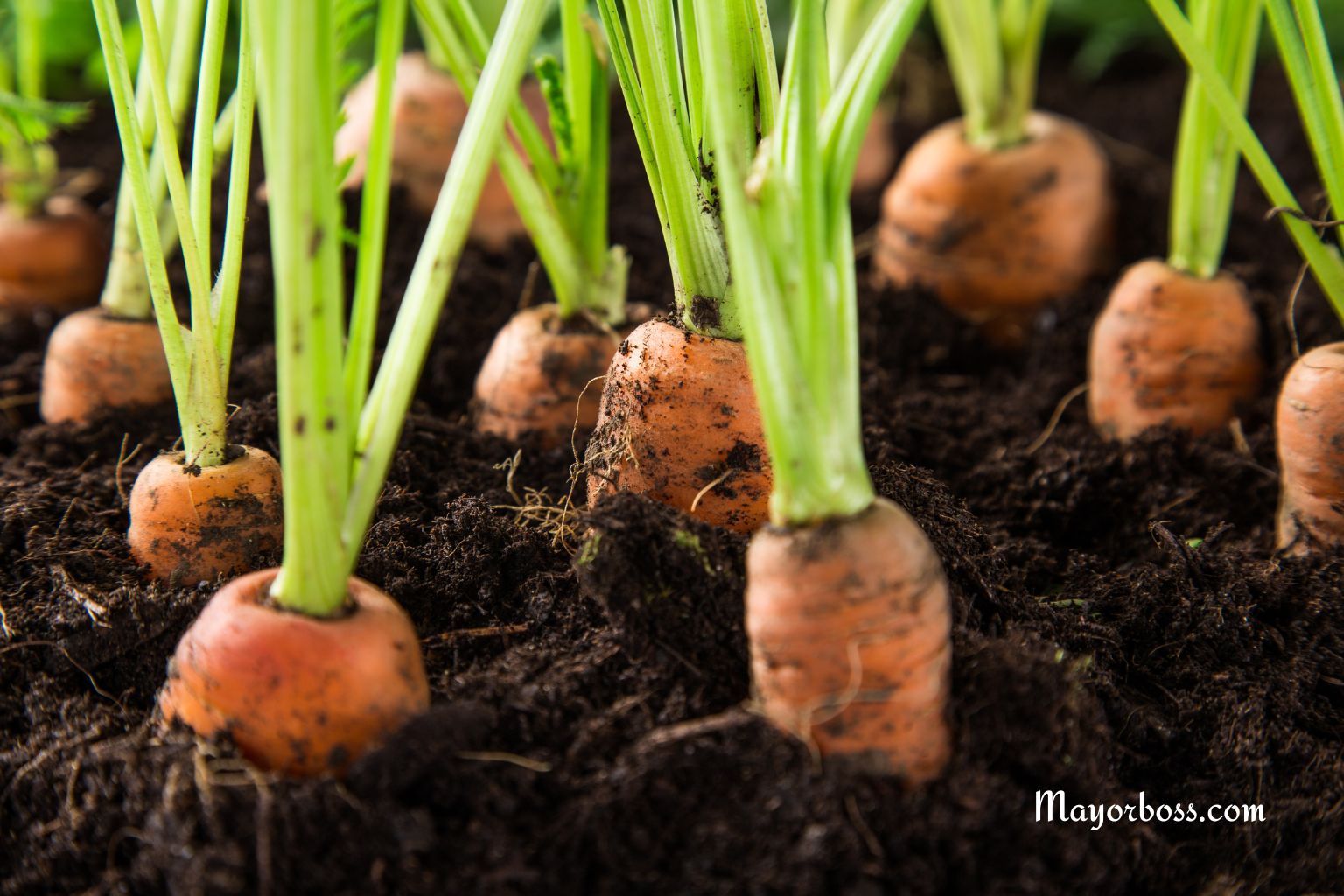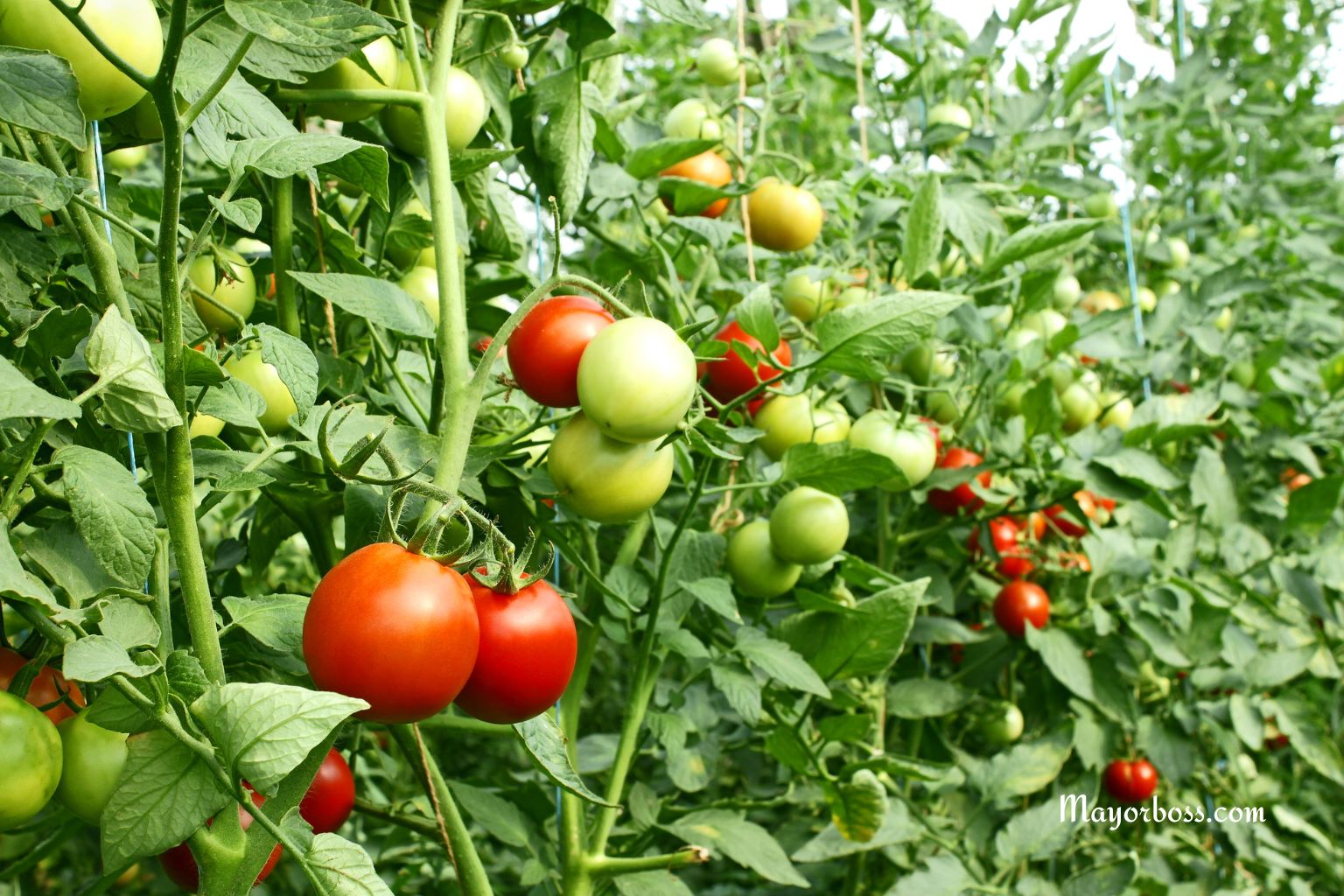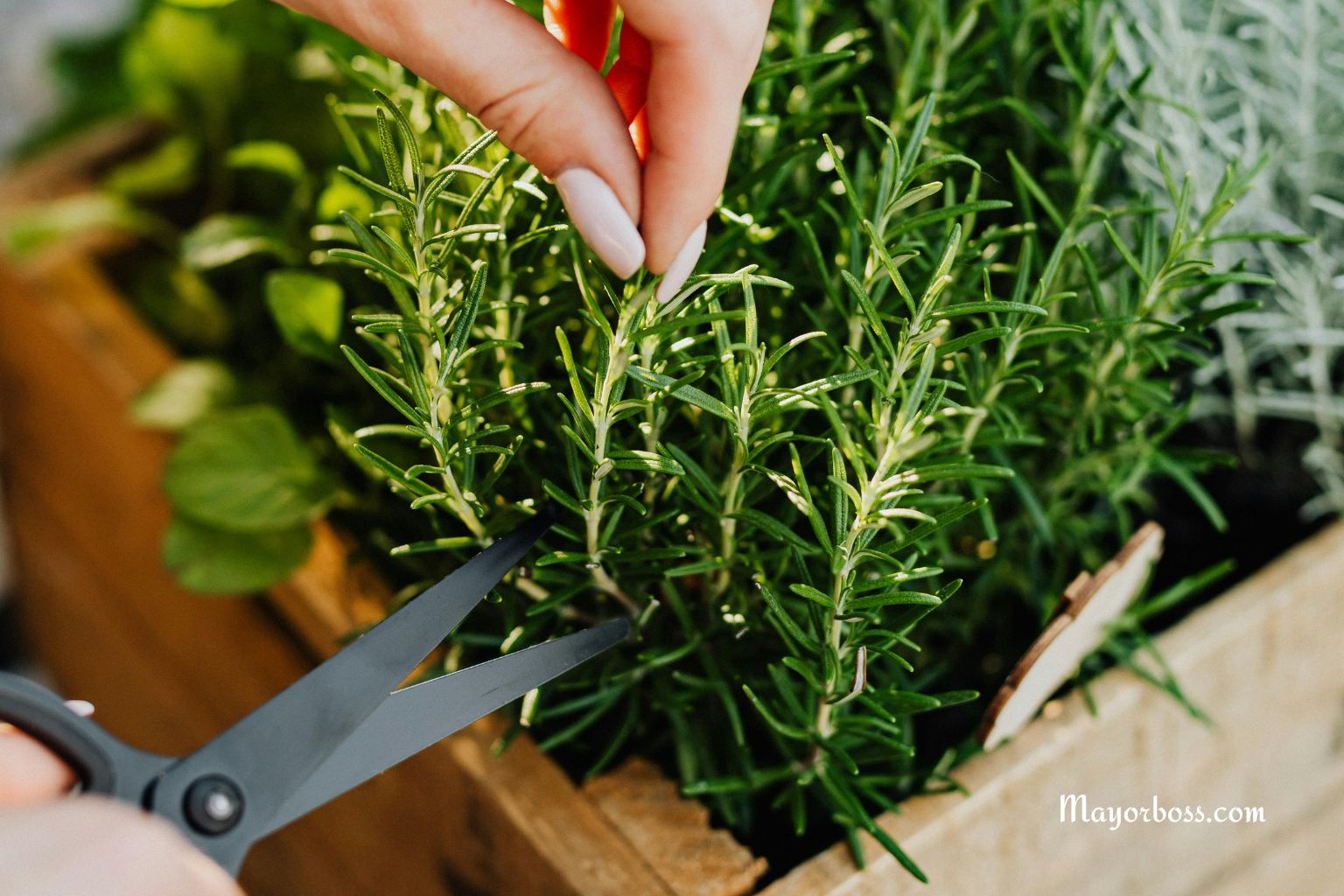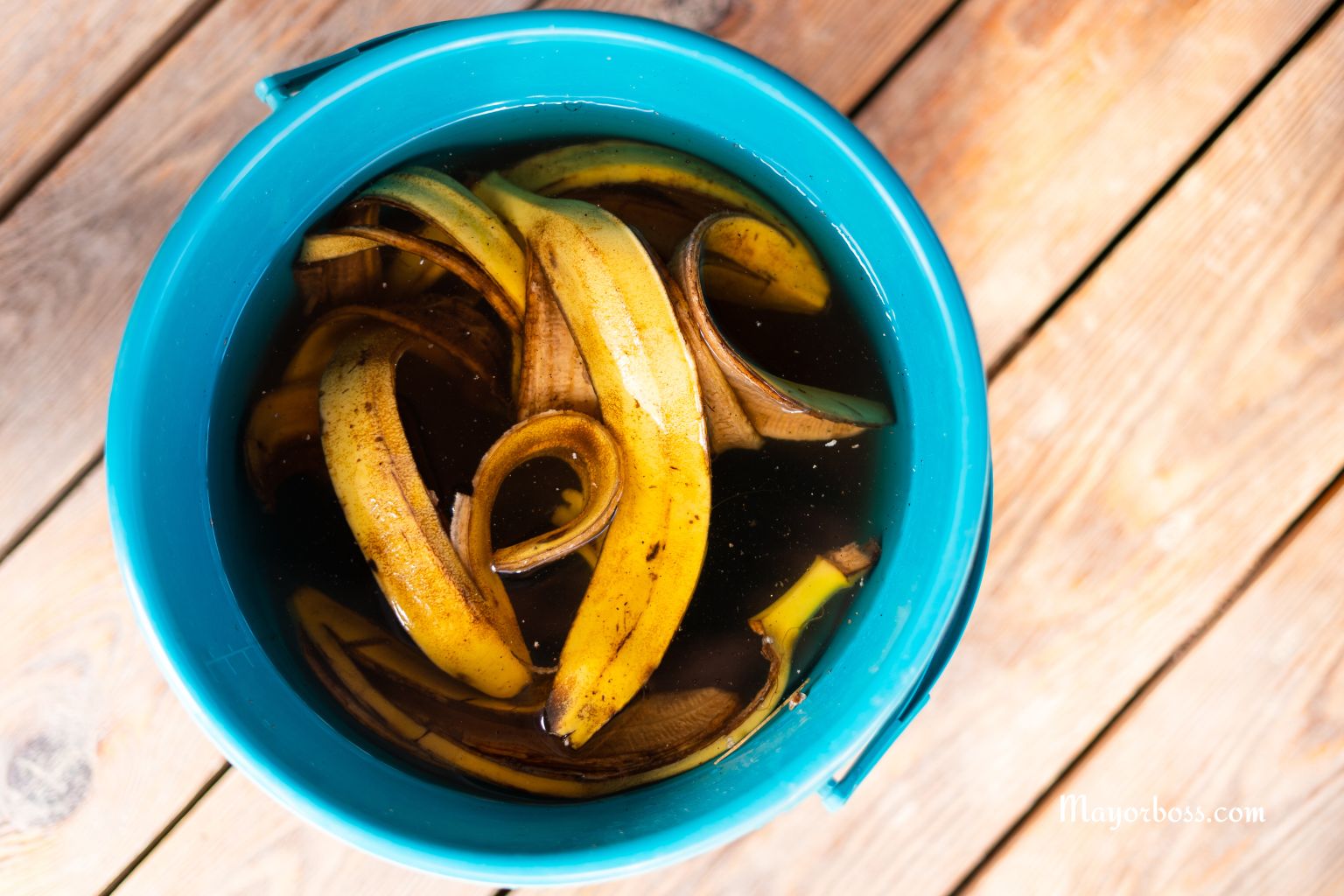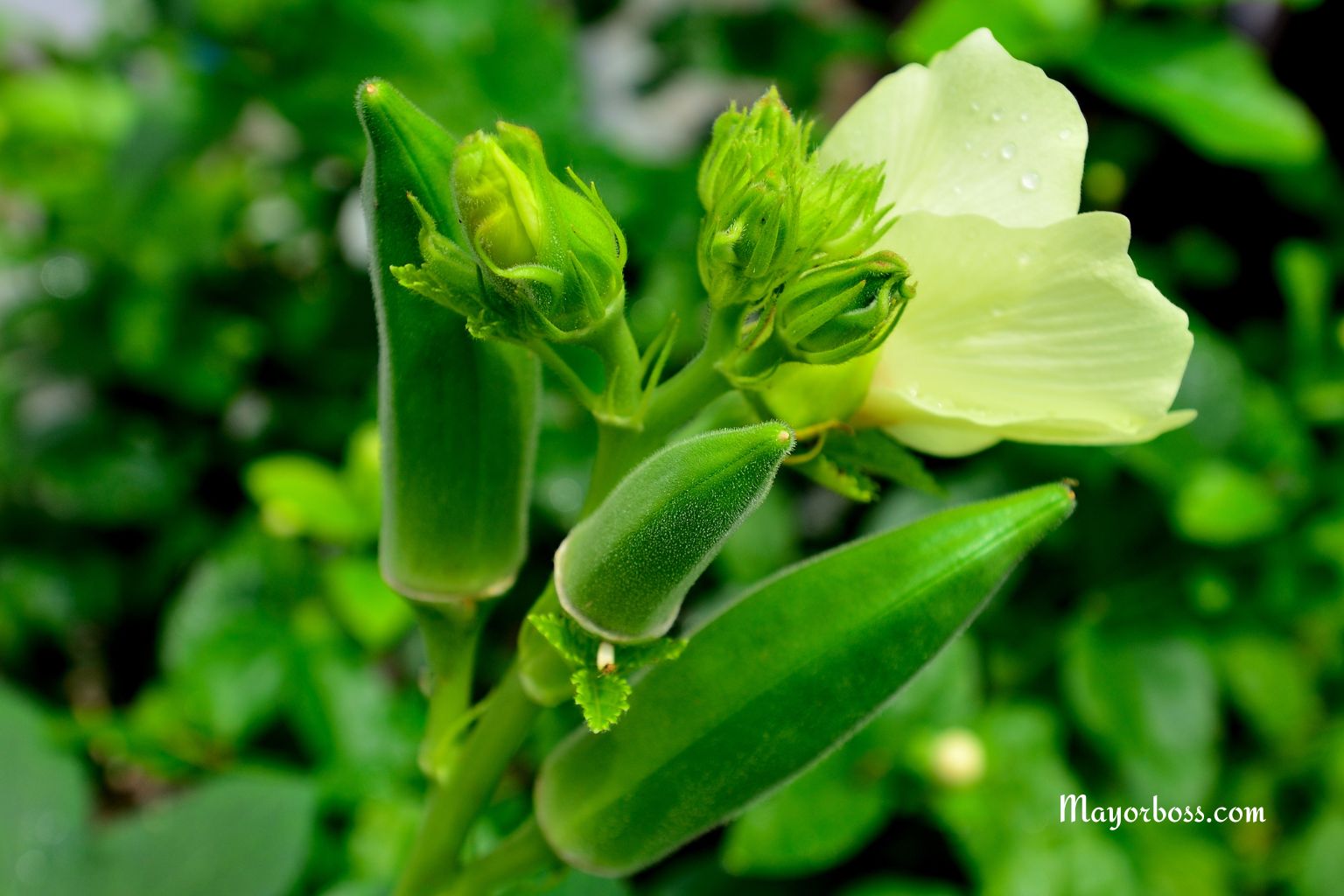How to Water Your Garden and Houseplants While You’re Away
Going on vacation? To keep your garden and houseplants healthy while you’re away, set up simple self-watering systems. Options include using water-filled bottles, drip irrigation, plant watering spikes, or grouping plants together. These solutions help keep soil moist and your plants thriving, even when you can’t be there.
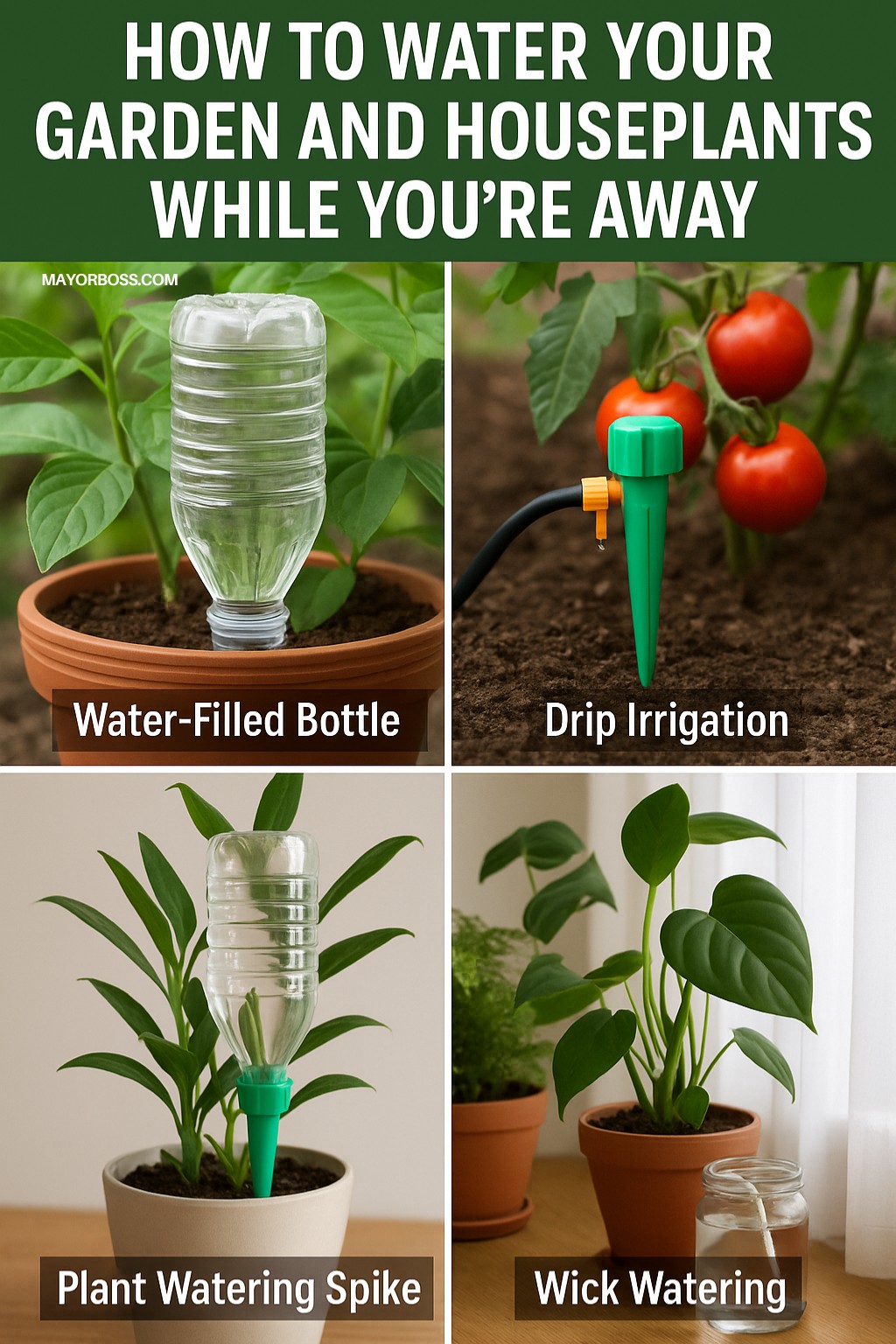
If you love your plants, leaving them unattended can be stressful. Whether it’s a week-long vacation or a quick weekend getaway, even a few hot days without water can dry out soil and stress your plants. But with a little planning, you can protect your garden and indoor plants from wilting or dying.
Know Your Plants’ Needs
Before you go, take a close look at your plants. Some need water every day, while others only need it once a week. Most outdoor vegetables and flowers have shallow roots, so they dry out quickly. Many indoor plants, like succulents, can go longer without water. Adjust your watering plan based on each plant’s needs.
Water Deeply Before You Leave
Give all your plants a thorough watering the day before you leave. Make sure the water reaches the roots. For garden beds, water until the top few inches of soil are soaked. For houseplants, let the water drain out of the bottom. This head start can help most plants last a few days.
Mulch Is Your Friend
Spread a thick layer of mulch around your outdoor plants. Mulch slows down evaporation and keeps soil moist longer. Grass clippings, straw, or wood chips all work well. Even houseplants benefit from a thin layer of moss or coconut coir on top of the soil.
DIY Watering Systems for Houseplants
If you’re gone for more than a few days, consider a simple watering system.
1. Water-Filled Bottle Method
Fill a clean plastic or glass bottle with water. Turn it upside down and push the neck deep into the soil. The water will slowly seep out as the soil dries. This method works for most potted plants.
2. Plant Watering Spikes
These handy spikes attach to bottles and control how fast water is released. Insert the spike into the soil, attach a full bottle, and the spike will drip water slowly for several days.
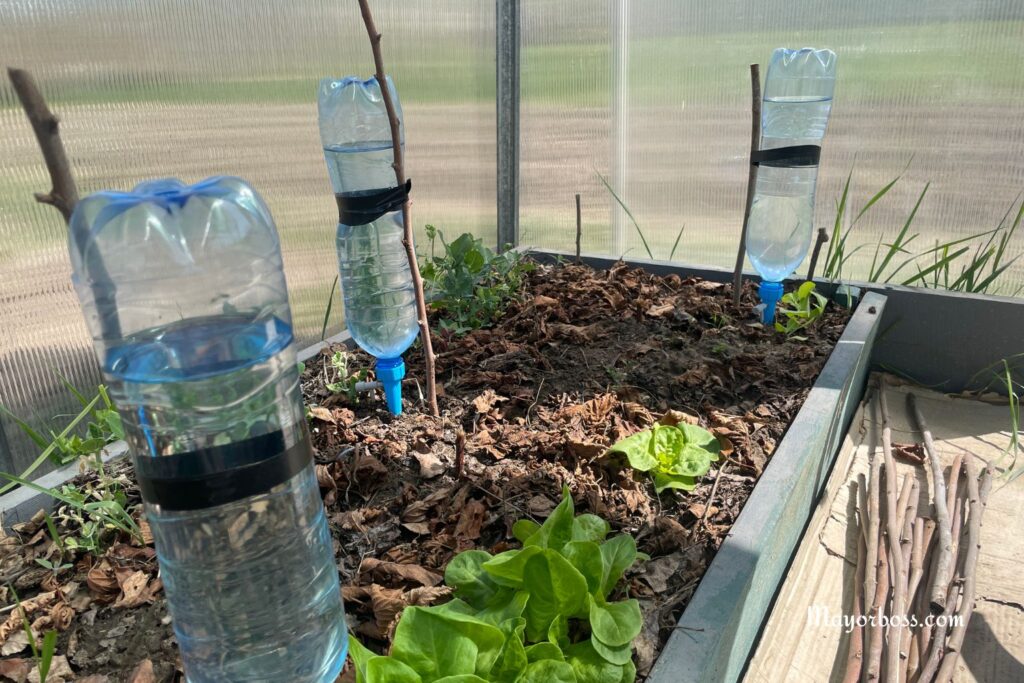
3. Wick Watering
Use a thick cotton string or shoelace as a wick. Place one end deep in the plant’s soil and the other end in a container of water. The wick draws water into the soil as needed. This works especially well for small to medium pots.
Self-Watering Tips for Your Garden
Outdoor gardens usually need more water, especially during summer. Here’s how to help them survive your absence.
1. Drip Irrigation with a Timer
If you have a vegetable or flower garden, consider installing a drip irrigation system. Connect it to a hose with a simple battery-powered timer. Set the timer to water early in the morning. Drip irrigation uses water efficiently and keeps roots moist.
2. Soaker Hoses
Lay a soaker hose through your garden beds and connect it to a timer. Soaker hoses deliver water slowly and evenly right at the soil level.
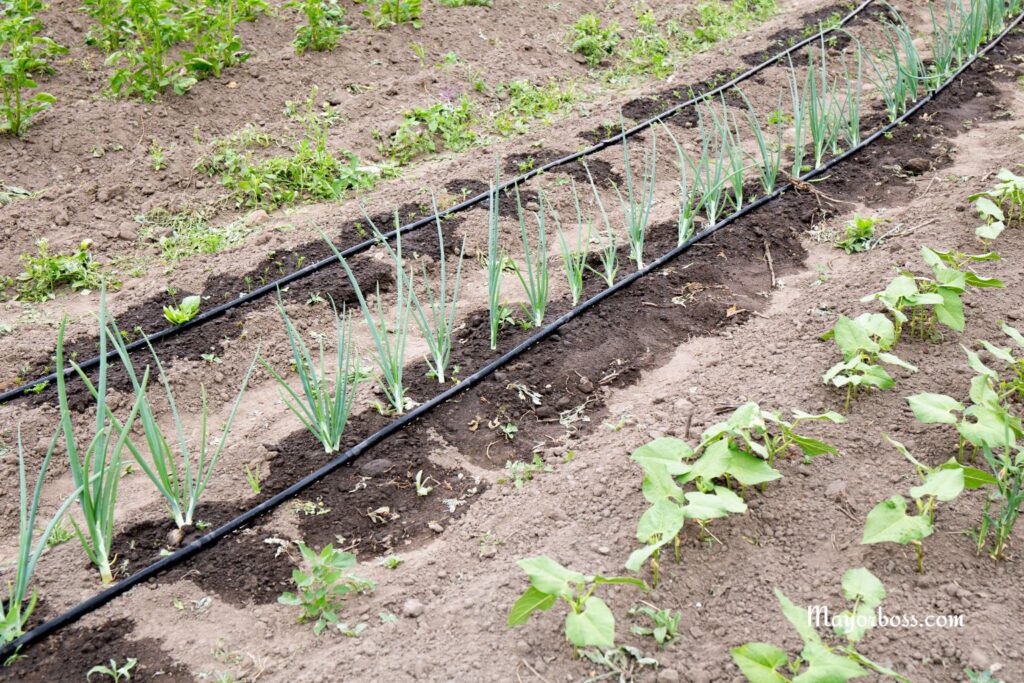
3. Water Globes or Large Bottles
For individual plants, you can use large, water-filled bottles or store-bought water globes that release water gradually.
Houseplant Grouping
Move your houseplants into one room, if possible. Keep them out of direct sunlight, but in a spot that’s still bright. Grouping plants together creates a mini greenhouse effect, raising humidity and helping soil stay moist longer.
Don’t Forget About Shade
For outdoor potted plants, move them into the shade before you leave. Less direct sunlight means less water loss. Just remember to move them back when you return.
Ask a Neighbor or Friend
Sometimes, the best solution is a helping hand. If you have a trusted neighbor or friend, ask them to water your plants while you’re gone. Leave simple instructions so they don’t over- or under-water.
What to Avoid
- Don’t leave plants sitting in saucers of water for too long. This can cause root rot.
- Don’t rely on last-minute fixes. Quick solutions may not work if you’re gone for more than a week.
- Don’t forget to check your plants as soon as you return. Give them a good drink and remove any dead leaves.
Final Tips Before You Go
- Prune away dead or yellowing leaves.
- Remove spent flowers to help plants use less energy.
- Make sure no plant sits in direct sunlight through a window, especially if you aren’t home to move it.
- Double-check your watering systems to be sure they work before you leave.
Taking these simple steps can help your garden and houseplants stay healthy, even while you’re away.
Frequently Asked Questions
1. How many days can houseplants go without water?
Most houseplants can go 7 to 10 days without water, depending on the type of plant, size of the pot, and room conditions.
2. What’s the best homemade self-watering method?
A water-filled bottle pushed into the soil or a cotton wick from a water bowl into the soil both work well for most houseplants.
3. Will my outdoor garden survive if it rains while I’m gone?
Rain helps, but it may not be enough, especially during hot weather. Use mulch and watering systems for extra protection.
4. How can I make sure my watering system works?
Test your setup several days before you leave. Make adjustments as needed to ensure water reaches all plants.
5. Should I fertilize my plants before leaving?
Avoid fertilizing right before a trip. Fertilizer can encourage new growth that needs extra water, which may stress plants if you’re not around to water them.

